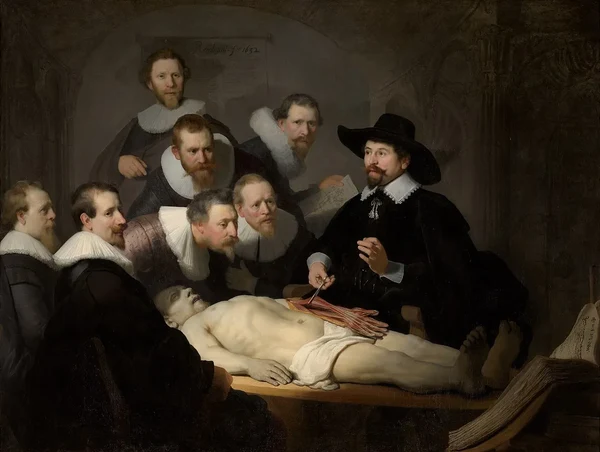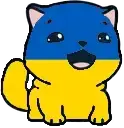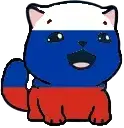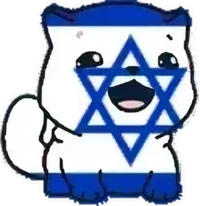- 1
- 1
Since 1994, the group has been nominally at war with the Mexican state (although it may be described at this point as a frozen conflict).[8] The EZLN used a strategy of civil resistance. The Zapatistas' main body is made up of mostly rural indigenous people, but it includes some supporters in urban areas and internationally. The EZLN's main spokesperson is Subcomandante Insurgente Galeano, previously known as Subcomandante Marcos (a.k.a. Compañero Galeano and Delegate Zero in relation to "the Other Campaign"). Unlike other Zapatista spokespeople, Marcos is not an indigenous Maya.[9][better source needed]
The group takes its name from Emiliano Zapata, the agrarian revolutionary and commander of the Liberation Army of the South during the Mexican Revolution, and sees itself as his ideological heir.
EZLN's ideology has been characterized as libertarian socialist,[2] anarchist,[10] or Marxist,[11] and having roots in liberation theology[12] although the Zapatistas have rejected[13] political classification. The EZLN aligns itself with the wider alter-globalization, anti-neoliberal social movement, seeking indigenous control over local resources, especially land. Since their 1994 uprising was countered by the Mexican Armed Forces, the EZLN has abstained from military offensives and adopted a new strategy that attempts to garner Mexican and international support.







 Slavshit
Slavshit

 Sandshit
Sandshit
